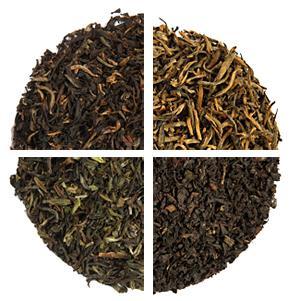The Discomfort of too much “Comfort” Food
Getting a Handle on Emotional Eating
During the holiday season, eating healthy can be hard when you are surrounded by temptation. The holidays can also be stressful and trigger psychological reasons to munch, even though we’re not hungry. Whether it’s due to loneliness, or to distract from an issue brewing in our life, it’s tempting to snack or over-eat to fill a void that isn’t in our stomach.
We equate a lot of emotion and nostalgia with food, from associations formed in childhood and clever advertising that equates eating with happiness. But we’re certainly not happy when we gain weight and become burdened by extra pounds, elevated cholesterol, heart disease, and Type 2 Diabetes.
Recognizing the triggers that compel you to snack is an empowering eye-opener. Observe yourself to become aware of your eating habits, and with each mouthful, understand exactly why you are eating, and if you’re really hungry or not.
How to break your emotional eating habits
Eating in response to emotions or certain situations can be a habit well ingrained since childhood.
- Commit to a daily log of everything you eat, and when. Include a column for writing the reason you’re eating at that time. Is it because you’re hungry or something else?
- Recognize your eating patterns, and become aware of emotional issues that are “eating you” and trigger you to over-eat.
- Consider therapies such as counseling, life coaching, or hypnotherapy to address unresolved emotional patterns, and meet with a Nutritionist to establish new food choices.
- Catch your negative food choices (like reaching for the chips) and choose another action. Distract your mind by replacing the snack with another activity. Fill up with water or a cup of tea, write in your journal, do something physical like a walk, stretch- you get the idea. Set new habits in motion, which make you feel better about yourself and motivate you to keep at it!
- Keep only healthy foods in your kitchen, and stop buying junky snack food. If you find yourself craving something sweet in the evening, try chamomile tea with honey or natural sweetener, or a few dates instead of chocolate to reward yourself.
- Relieve stress in other ways besides eating. You know, that e-word (exercise!), meditation, or by doing something creative.
- Incorporate new routines and activities in your life to reduce boredom, and decrease your “trigger” times. Instead of watching TV, talk to a friend, do housework or a project you’ve put off for too long.
Enjoy the holiday season, knowing your waistline doesn’t have to expand!
What is Mountain Trek?
Mountain Trek is the health reset you’ve been looking for. Our award-winning health retreat, immersed in the lush nature of British Columbia, will help you detox, unplug, recharge, and roll back years of stress and unhealthy habits. To learn more about the retreat, and how we can help you reset your health, please email us at info@mountaintrek.com or reach out below:

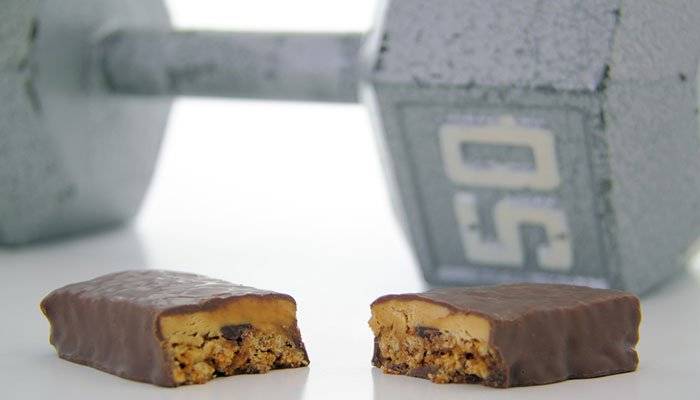
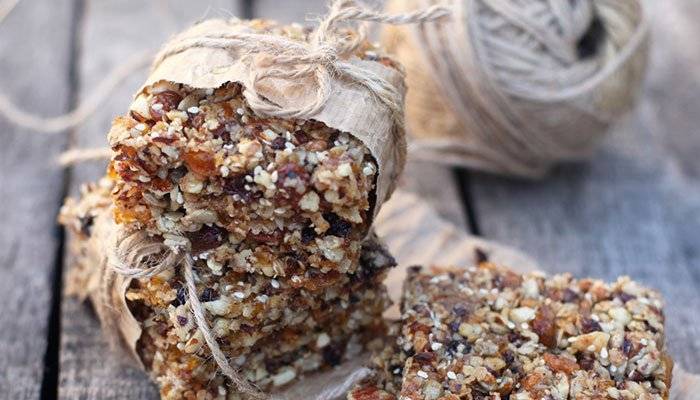
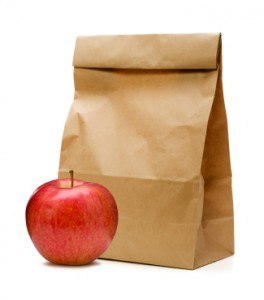

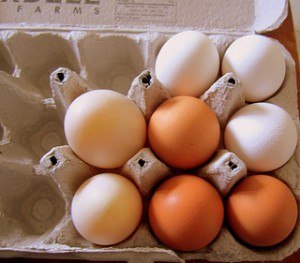
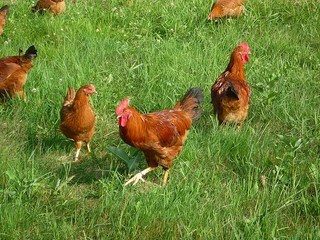
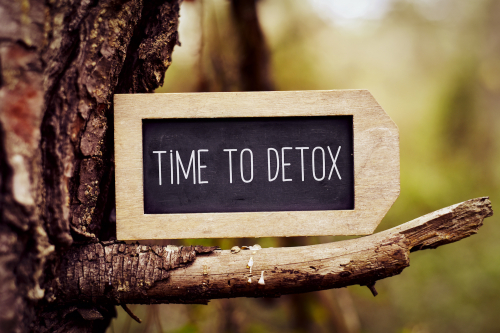
 Everyone’s favorite breakfast beverage is suspect. Whether it’s coffee or tea, most North Americans are drinking a caffeinated beverage in the morning. By following this comforting ritual, your cup of caffeine can lead to difficulty losing weight.
Everyone’s favorite breakfast beverage is suspect. Whether it’s coffee or tea, most North Americans are drinking a caffeinated beverage in the morning. By following this comforting ritual, your cup of caffeine can lead to difficulty losing weight.
